Photography is not just about taking a picture with a camera. It is about capturing a real moment in a timeless frame, all with its emotions and beauty. And it takes a lot of effort to make that possible behind the camera. Especially if you are learning to master portrait photography. From camera settings to perfect light, you have a lot to think about before capturing a face. Here are A Complete Handbook and Guide to Portrait Photography Techniques that will help you to begin your professional journey in portrait photography.

Those parents who want their kids to learn the depth of photography must know the importance of art and creativity in Child's Development.
What is Portrait Photography?
You might have heard about portrait photography and that it is about capturing people in the camera. Though that is true, portrait photography is so much more than capturing a face. In a way, you are supposed to capture the whole essence of a person in portrait photography.
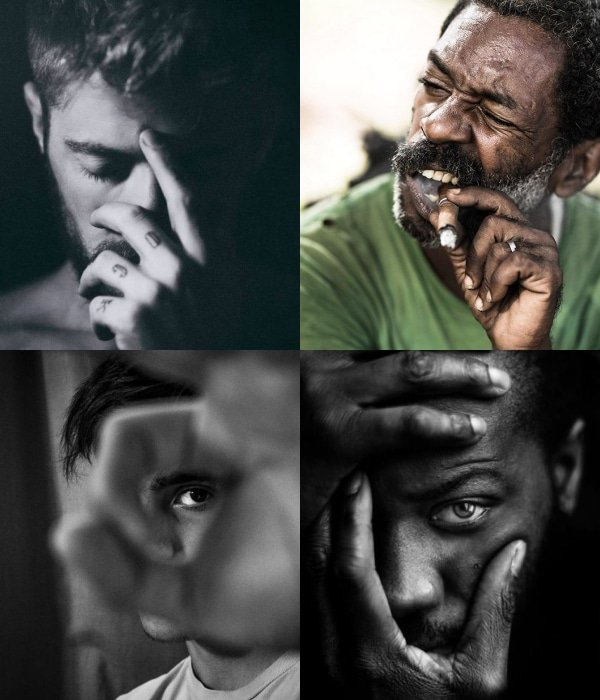
It means that the picture should not just show the face of a person but also their character and attitude and personality. Capturing all these things in one picture is very difficult; this makes portrait photography a challenging yet amazing art.
A Complete Handbook and Guide to Portrait Photography Techniques

As a beginner, you might get confused about what is portrait photography and what is not. You might even confuse it with street or candid photography and sometimes even think that portrait photography is similar to fashion photography. But that is not true though you can create a street or candid portrait photograph.
Portrait photography is focused on only one person (sometimes a group of people), one subject and what that subject shows in the photograph. It can be the subject’s emotions, calm or beauty or playfulness. It can be anything that resembles the subject and subject only. Let that notion settle in your mind and let’s start with the tips and techniques of portrait photography.
Gear Up With Your Camera
It is not just about the camera. You have to make sure that you are ready with all the necessary requirements like lenses, lighting, reflectors, props, backdrop and what not. Whether you are a beginner or not, the few items that you must have for portrait photography are:
· Camera
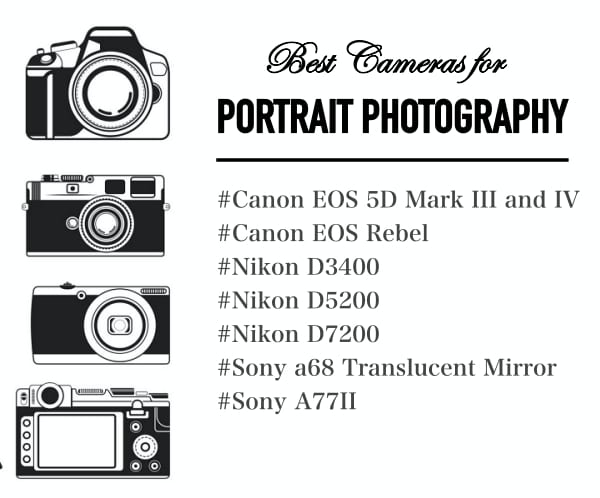
Duh! Of course, a camera is a must. But when in doubt, always go with a nice DSLR which allows you to click pictures with precision. Not to mention that it comes with great functions and features that can be of great help. Some of the best cameras for portrait photography are Canon EOS 5D Mark III and IV. But for a beginner, any of the following cameras would work just as well.
- Canon EOS Rebel
- Nikon D3400
- Nikon D5200
- Nikon D7200
- Sony a68 Translucent Mirror
- Sony A77II
· Lenses
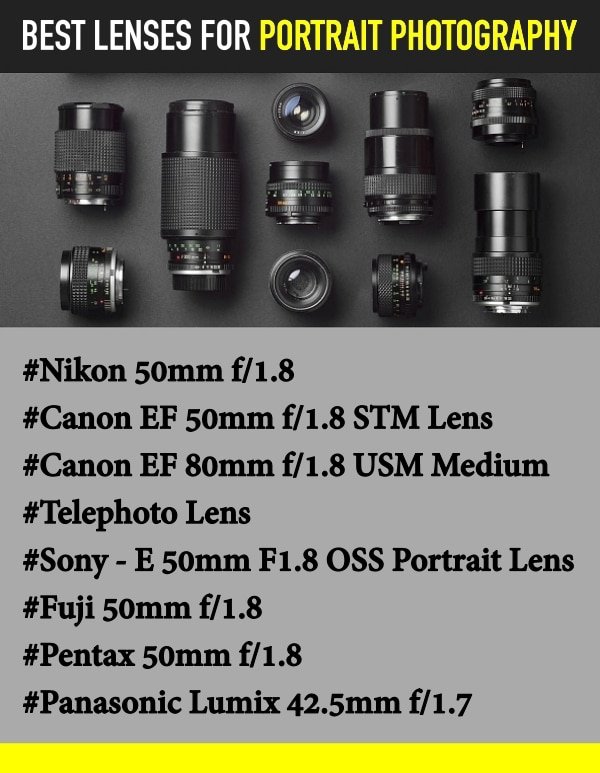
Focal length plays a key role in portrait photography. Therefore lenses with focal lengths such as 35mm, 50mm, 85mm and even more than that are best for portrait photography. Whether you are doing a studio portrait or outdoor portrait photography, these lenses would do great for your portraitures. Ideal lenses that can be shot ‘wide open’ are:
- Nikon 50mm f/1.8
- Canon EF 50mm f/1.8 STM Lens
- Canon EF 80mm f/1.8 USM Medium Telephoto Lens
- Sony - E 50mm F1.8 OSS Portrait Lens
- Fuji 50mm f/1.8
- Pentax 50mm f/1.8
- Panasonic Lumix 42.5mm f/1.7
· Lighting Sources
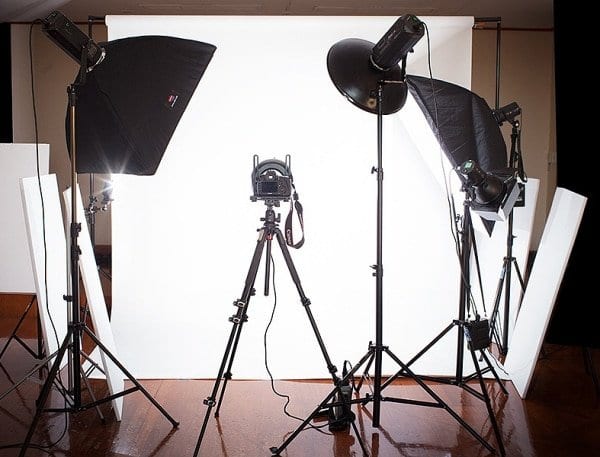
Whether you are shooting indoors or outdoors, light sources would have to be given great consideration. Even in outdoor portrait photography, if you are not relying completely on natural light then you need some artificial lighting sources like flashes, LED lights, flashguns or strobes along with light modifiers to soften the light.
· Reflector
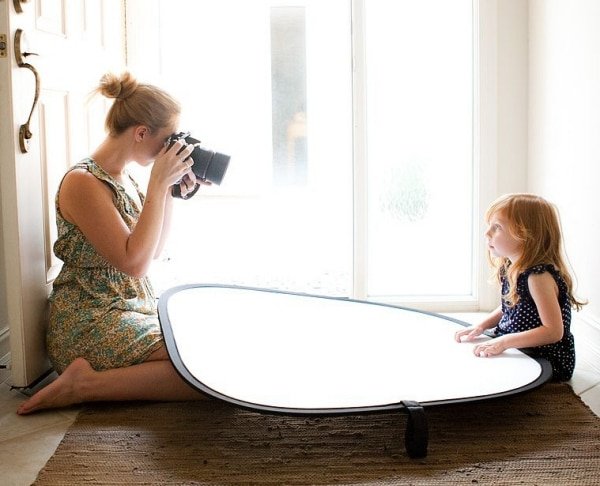
The reflector is not an essential element required in your gear for portrait photography but it can come in handy from time to time, especially when you want to bounce the light or mask bright light or simply to shield your subject from the wind. Good thing is that they are not much expensive either.
· Tripod or Monopod
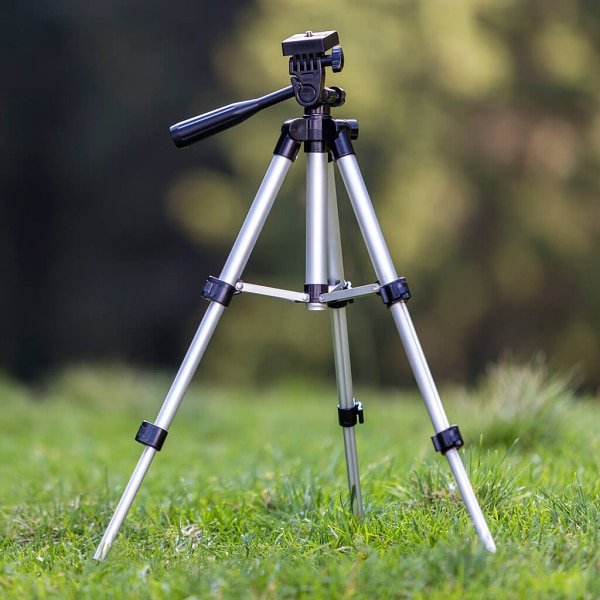
Tripod of monopod reduces the shaking of your camera and gives you the same perfect frame and composition. However, if you can stabilize your camera without tripod then there is no need to buy such an expensive item.
While these are the most essential items required for portrait photography, the list of equipment may vary depending upon whether you are doing indoor photography or outdoor photography. In both, cases, not just a list of gear but also the photography techniques would differ.
Indoor or Studio Portrait Photography
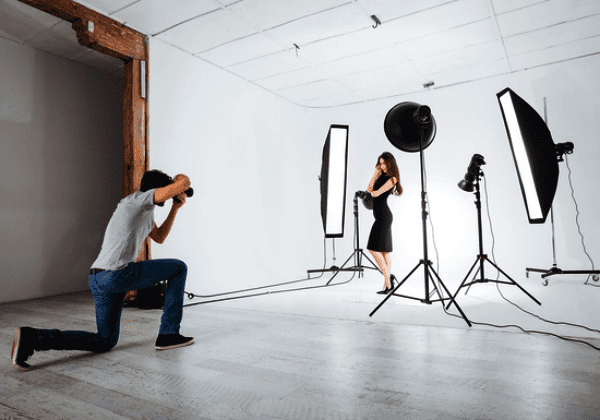
Clicking the pictures of your subject in an enclosed space with a controlled environment is what studio portraits are all about. You can have a formal studio or simply use one of the rooms in your home as your studio. The latter option is a good idea for a beginner. As long as you have all your accessories like lighting equipment, backgrounds or backdrops, props and if necessary then wardrobe and a changing area with makeup essentials, you can set up a studio in any room.
But if only things were this easy. The best thing about indoor portrait photography is having control of the environment. You can avoid natural elements like rain, wind or too-bright sun and adjust the lighting to get the picture you desire. But without a proper backdrop, it can get quite boring and not as appealing as one might expect. It is all about the proper setting which takes a lot of investment of not just money but time and space as well.
Perfect Studio Portraits not only look elegant when hanged on the wall but also considered as one of the best and low-budget ways to decorate your walls.
Lighting Techniques for Studio Portraitures
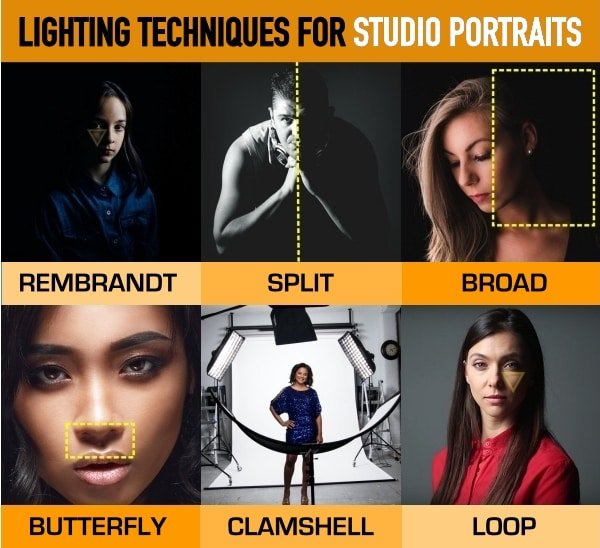
The first and foremost important thing when it comes to studio portraits is control of light. Half your work is done if you succeed in setting the perfect lighting for your pictures. Following is a list of lighting techniques that you must know before plunging into studio portraitures.
1. Rembrandt Lighting
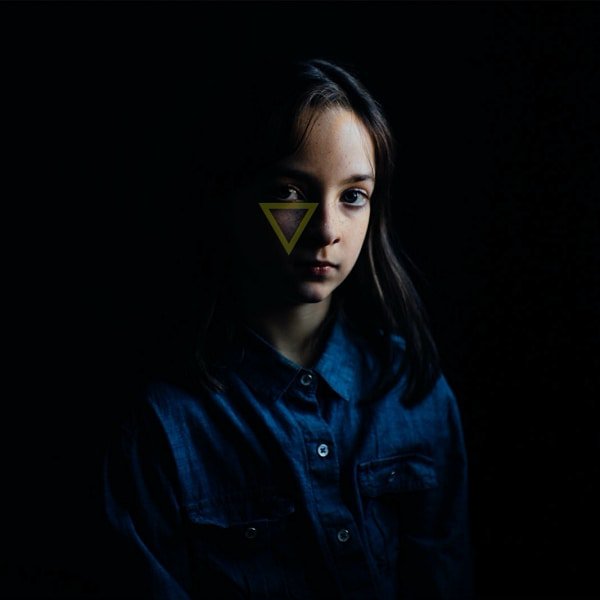
Inspired from the lighting patterns of a Dutch painter, Rembrandt van Rijn, this lighting technique leaves a small triangle of light on one side of the subject’s face using only one source of lighting.
2. Split Lighting
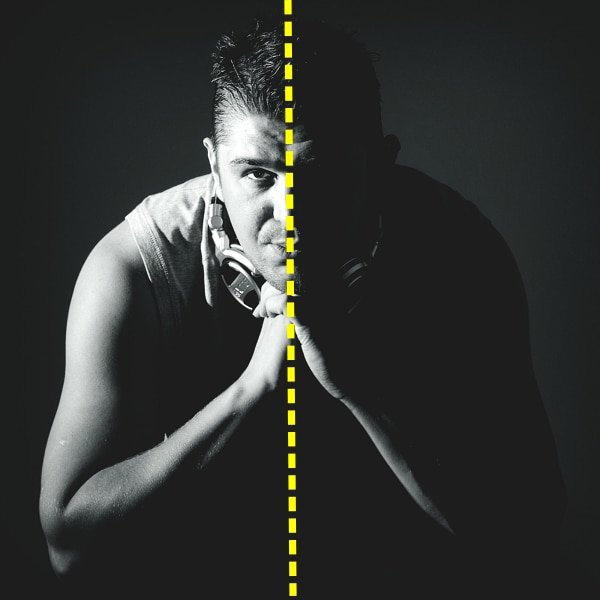
As the name suggests, in this lighting technique the subject’s face is divided neatly into two parts. Half the face is drowned in light while half the face is kept in shadow. It creates a very dramatic and mysterious image.
3. Clamshell Lighting
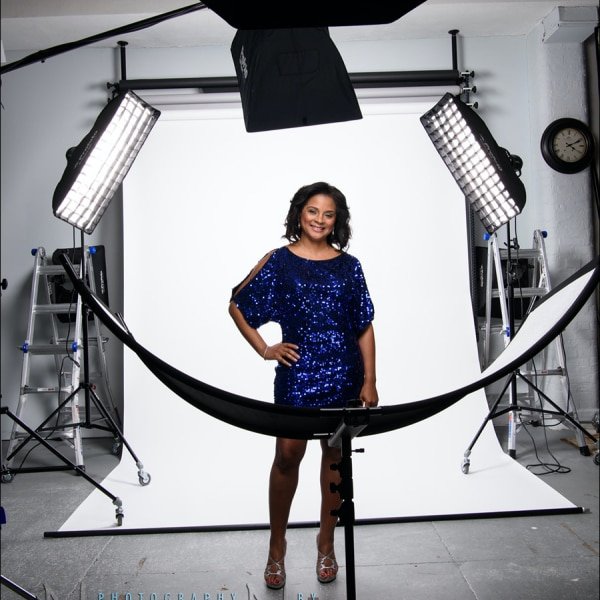
In this studio lighting technique, the subject is placed in plenty of light which is flat and even. You could get this setting by placing two softboxes on either side of the subject at the same distance and angle. A reflector under the face of the subject will bounce the light back onto the face.
4. Broad Lighting
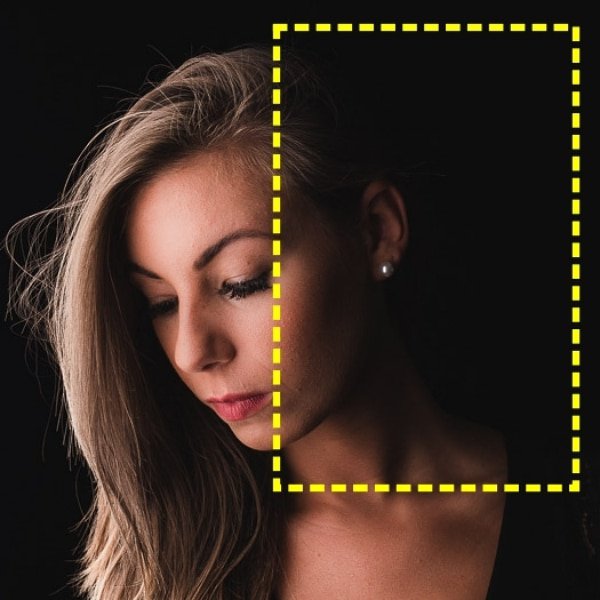
In this technique, the subject is placed in a position in such a way that their face is slightly turned from the camera. The side of the face closest to the camera is lit, giving you the opportunity to get creative with shadows in your pictures.
5. Butterfly Lighting
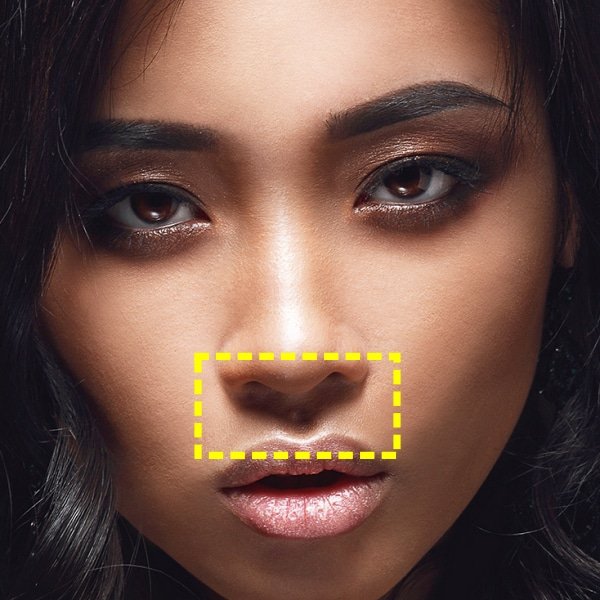
Also known as paramount lighting, in this setting, the light is placed above the subject in such a way that it causes the subject’s nose to cast a butterfly-like shadow underneath.
6. Loop Lighting
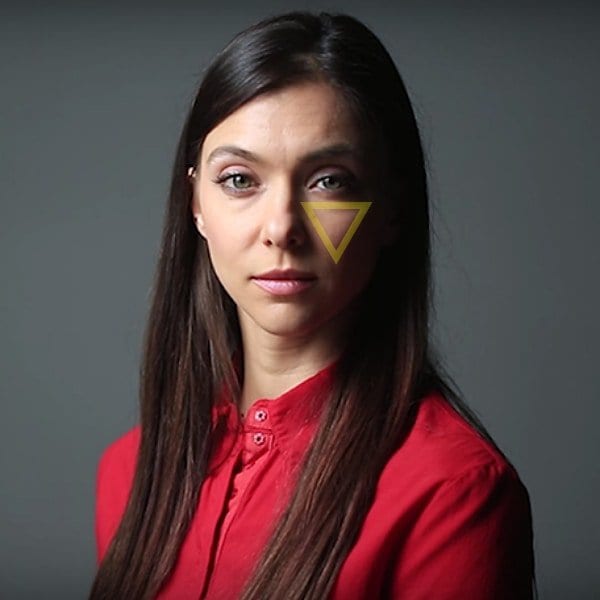
Similar to the Rembrandt lighting, loop lighting also creates a shadow that follows the lower curve of the cheek. A triangle is only partially visible as the shadows don’t cover the face completely.
Tips for Studio Portraits
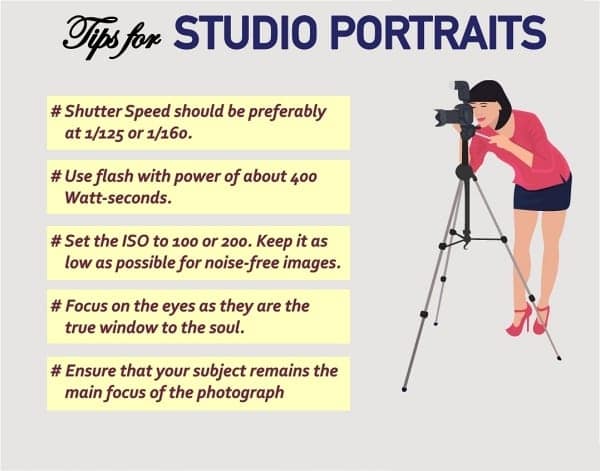
· Shutter speed for studio portraits should not be more than the camera’s specified sync speed which is usually 1/200 sec or 1/250 sec. Keep it below this speed, preferably at 1/125 or 1/160 and you will be fine.
· Use flash with power of about 400 Watt-seconds for simple portraits.
· Use the camera in manual mode so you can control your tool better.
· Set the ISO to 100 or 200 if you don’t have 100. Keep it as low as possible for noise-free images.
· Focus on the eyes for they are the true window to the soul. And portrait photography is all about conveying the story of the subject in the most compelling way.
· Ensure that your background is flattering yet subtle so that your subject remains the main focus of the photograph.
Outdoor or Natural Portrait Photography

The possibilities are endless when you are doing outdoor portrait photography. In natural portrait photography, you do not need to create an environment suitable for your subject. All you need to do is a scout for a location that will fit your subject the best and help you create a mesmerizing story.
Sometimes you can even pick a location that is quite in contrast with the subject yet would show another aspect of their story. But there are some factors you should always consider before walking out with your camera, such as – season, time of the day, weather, quality of light, distractions and colors and textures, etc. All these things will play a vital role in creating a perfect portrait image.
Lighting Techniques for Natural Portraitures
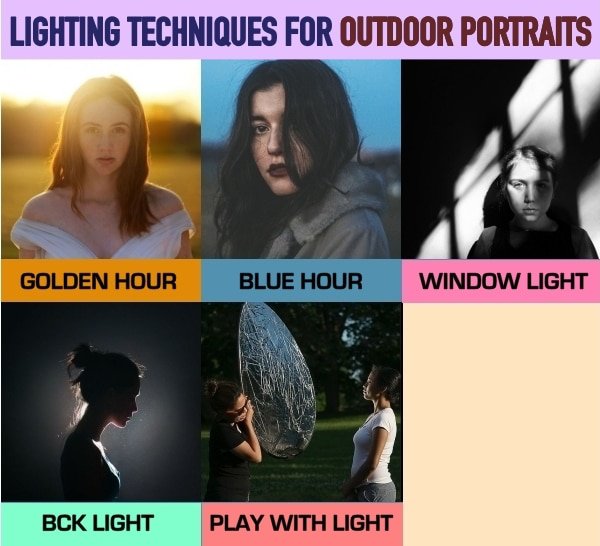
One thing that may not be in your control is the light. You can’t have the desired light whenever you want. That is why you need to know the timing of the day when the lighting is the best as well as the direction of light. You would also be amazed by what a slight change in angle can do for your portraits.
1. Golden Hour
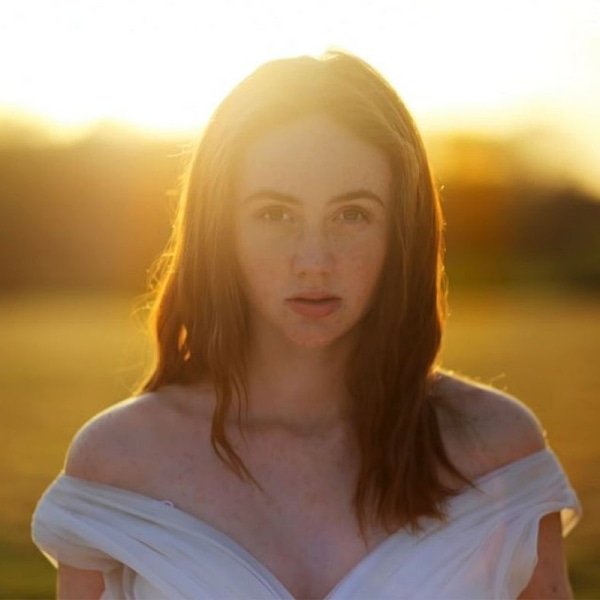
Golden hour is one of the favorite times of any photographer. And why not, with the perfect golden hue splashed across the sky, golden hour creates a mesmerizing view to capture. It occurs during the moments just after sunrise and just before sunset.
2. Blue Hour
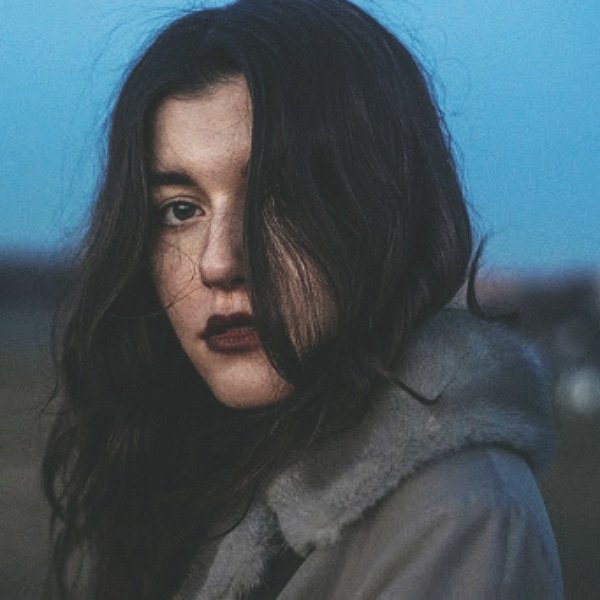
When the sun is deep below the horizon before dusk and after dawn, it creates a sky painted in cool blue which is simply breathtaking. This serene time of the day makes it very apt for portrait photography.
3. Window Light
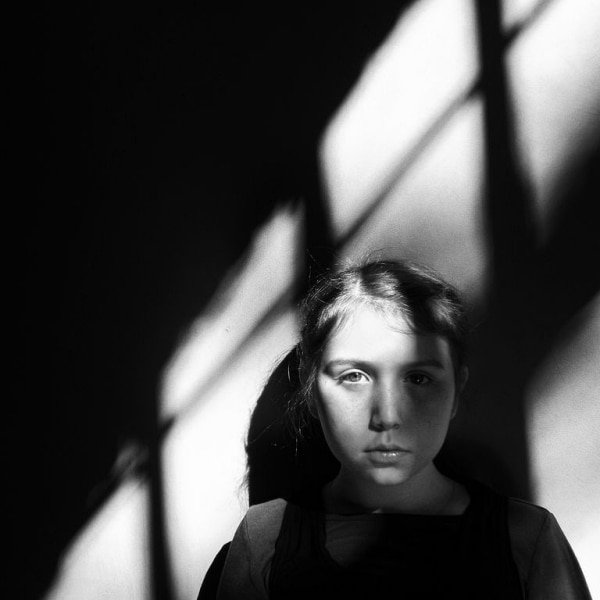
As surprising as it may sound, you can use window light to get some really amazing portrait images. But ensure that you do it with large windows which will allow plenty of light in to create dramatic effects.
4. Back Light
Here you need to place your subject directly in front of the source of light which then creates a silhouette so dream-like and separates your subject from the background. This technique is also used in studio portraitures for a stunning portrait.
5. Play With Light
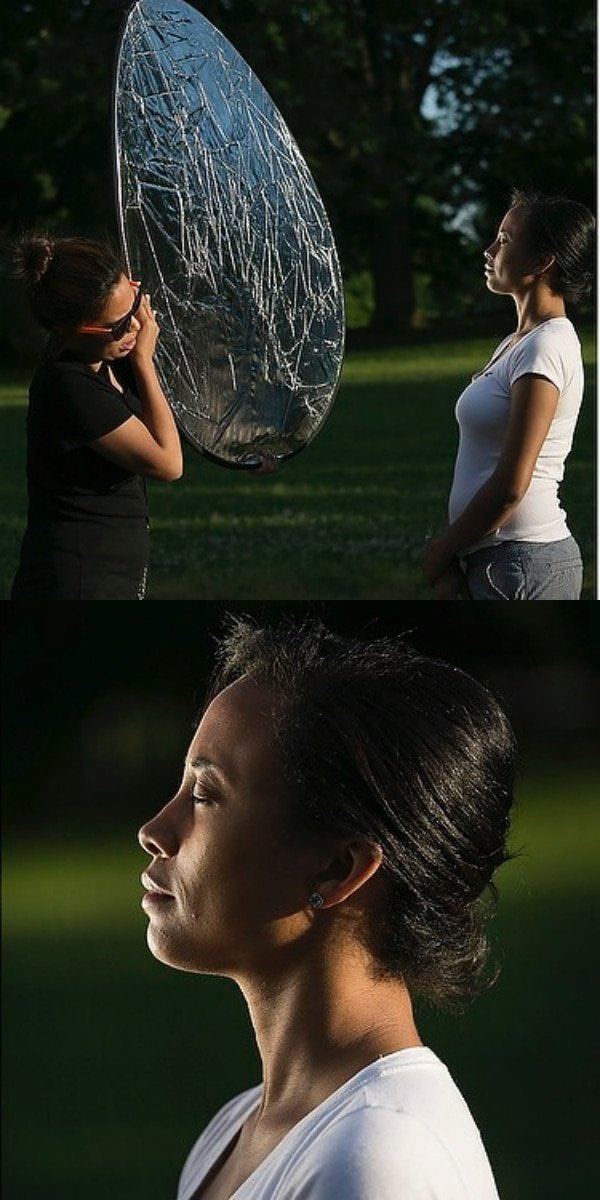
No, natural light is something that you can’t control but that does not mean that you can’t get creative with it. With the help of reflectors, you can manipulate light to your advantage and get some amazing shots. Just tweak your angle of camera and positions of the subject and you will eventually find out what looks best.
Tips for Natural Portraits
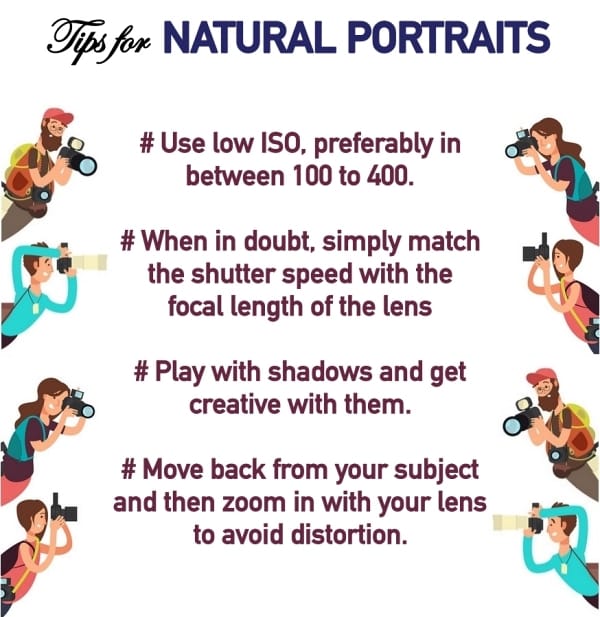
· Set that camera to manual mode and work with different settings and make your own set which works great for you.
· Work with a low ISO, preferably in between 100 to 400, and when the light is low then increase it but then be prepared for grainy images.
· Your aperture will depend upon the kind of portrait you want to create. If you want to blur the background i.e. to create the bokeh effect then set a wide aperture like f/1.2 or f/1.8. But when you want to include the background into the portrait then set a narrow aperture like f/8.
· When in doubt, simply match the shutter speed with the focal length of the lens, says a natural portrait photography expert Anastasiya Kushnyr. For example, set the shutter speed of 1/200 sec for a Canon 80-200 mm lens when shooting at a focal length of 200mm.
· White balance can be set on auto mode but if you want to excel at photography then gradually learn to control it for a flattering portrait.
· Play with shadows and get creative with them for some stunning portraits.
· Ensure that your subject is lit from soft light and that the harsh light is behind them.
· Find eye-catching backgrounds for a beautiful portrait and experiment with different locations.
· Use elements like confetti, flowers, bubbles, etc. to make things more interesting.
· Move back as far as possible from your subject and then zoom in with your lens to avoid distortion.
Different Types of Portrait Photography
Traditional Portraits
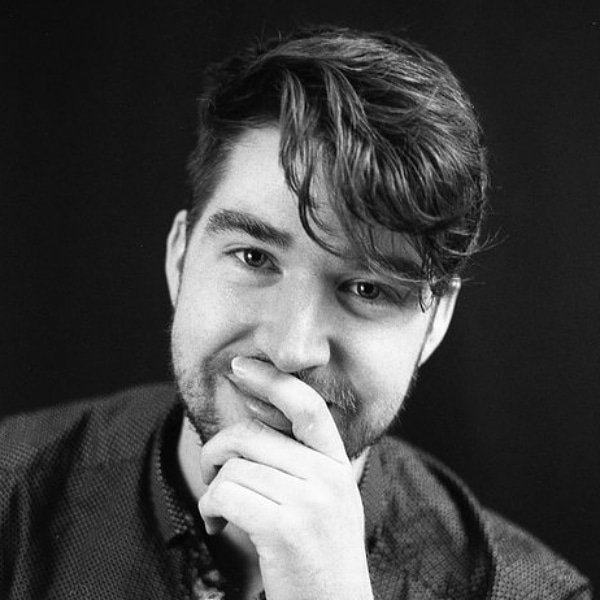
This is the most popular type of portrait photography in which the main focus is on the subject’s face. The subject generally looks in the camera in this type of portraits with a simple background and studio lights.
Environmental Portraits
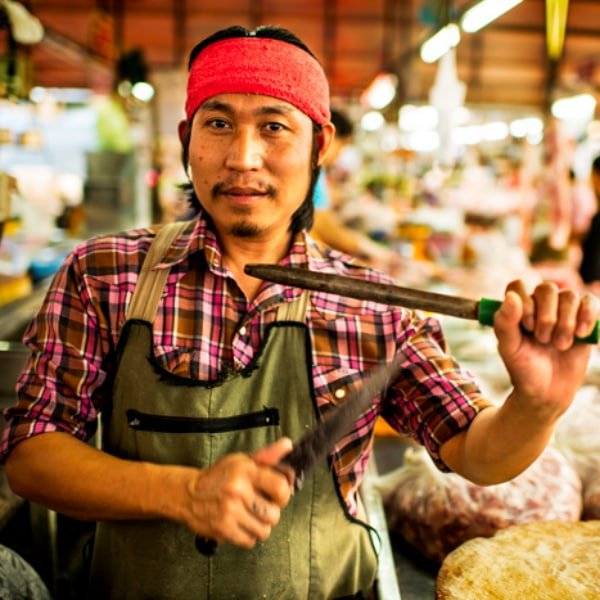
The pictures in which the environment around the subject also tells a story about the subject are called environmental portraits. Here you need to select a location that means something to the subject. For instance, an engineer near a construction site, a writer sitting in their office with a journal, etc.
Candid Portraits
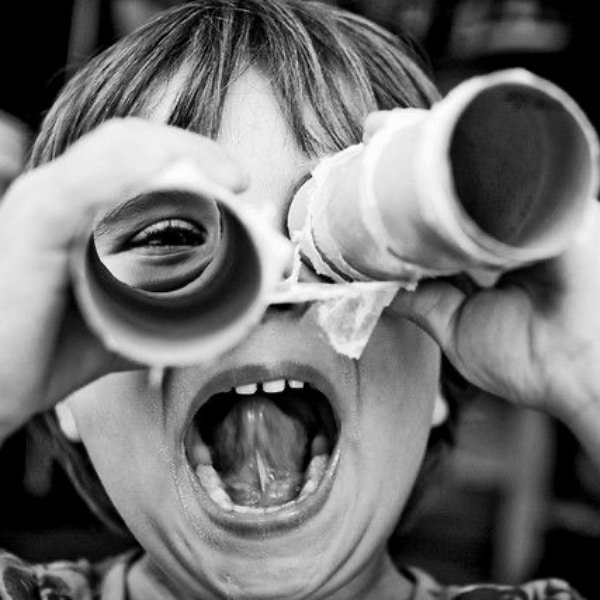
Like I said, candid photography is different from portrait photography. However, you can plan a candid shot for a portrait image. And sometimes, you can just capture a genuine moment for portrait photography.
Glamour Portraits
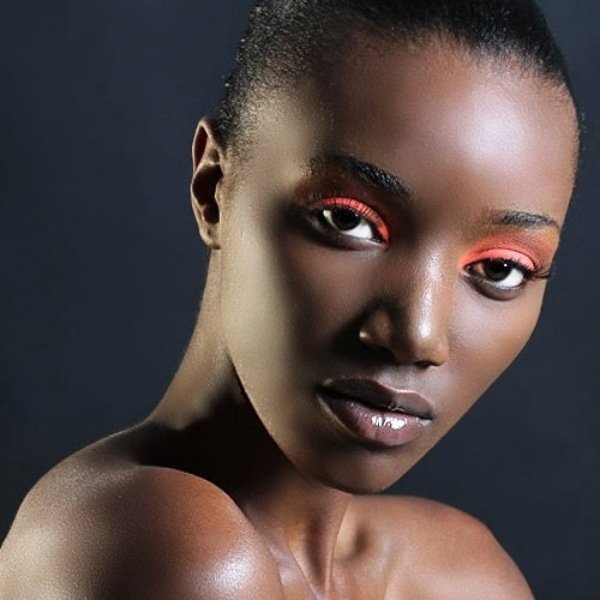
Also known as beauty portraits, in this type of portraits the beauty is the key focus to be captured. This involves planning the wardrobe, makeup, and hairstyle. Boudoir is a similar yet different kind type of portrait photography as it focuses more on sensuality and is often done in the bedroom with ladies sporting lingerie and in poses that oozes confidence and sexuality.
Self Portrait
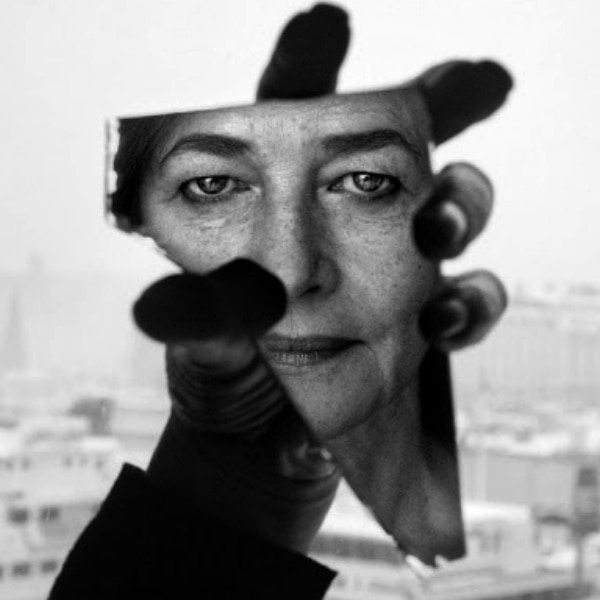
It is simple yet challenging. Your subject is you but capturing yourself while being away from the camera is quite a tricky task to do. But you can use different styles of self-portraits to get good shots like silhouettes or extreme close-ups.
Lifestyle Portraits
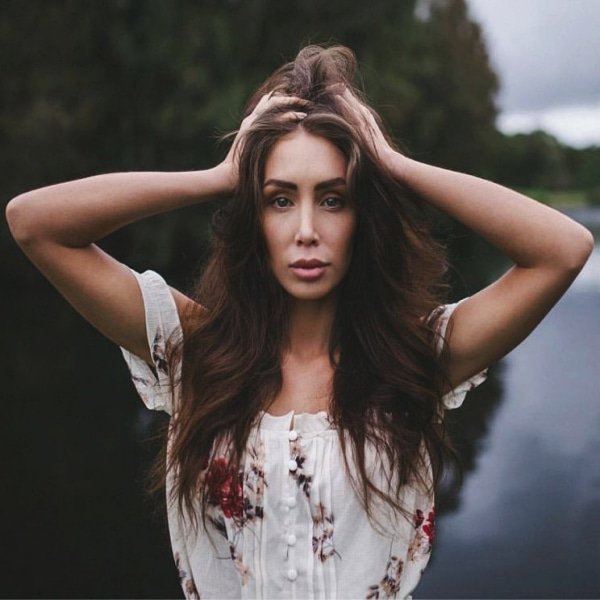
As the name suggests, these portraits are taken with the subject in their everyday environment. This can include family portraits, group portraits, couple portraits, and even newborn portraits. Capturing real moments in between the subjects is what lifestyle portraits are all about.
Wedding Portraits
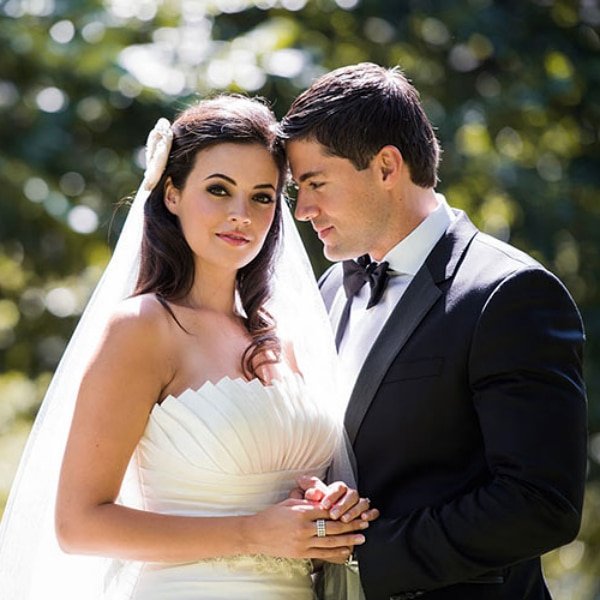
One of the most booming types of photography is wedding photography. You can get as creative as you want with wedding portraits provided that the couple is in agreement. Given the latest trend, most newlyweds are looking for something unique and creative so that wouldn’t be an issue.
Some Tips for Portrait Photography
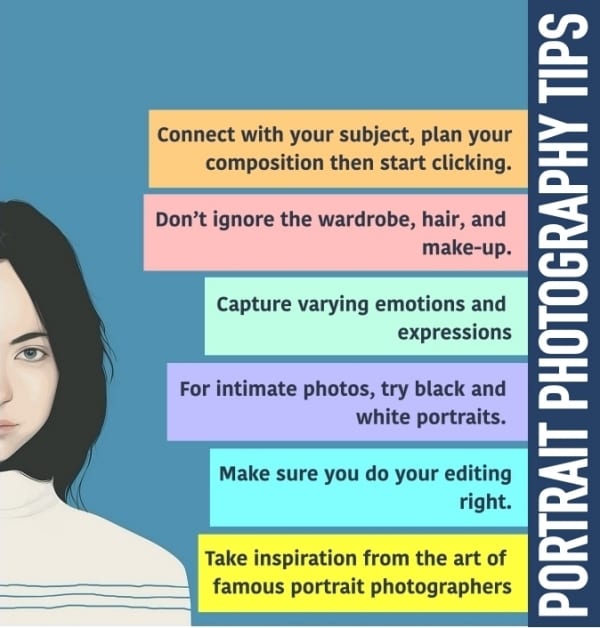
· Connect with your subject and ask what story they want to convey with this portrait. Plan your composition and then start with clicking pictures.
· Don’t ignore the wardrobe, hair, and make-up as they also play a key role in telling a story.
· Get the pose right by figuring out the different poses that look flattering for your subject.
· Capture varying emotions and expressions like a playful smirk, a confident expression or a faint smile.
· Use complementing props and color palette that will add more interesting effects to the portrait.
· Don’t hesitate from trying out different angles.
· For intimate and personal photos, give a shot to black and white portraits.
· Make sure you do your editing right since it also makes a huge difference in the end result of the portrait.
· Focus on the eyes of your subject regardless of you doing outdoor or indoor portraitures.
· Take inspiration from the art of famous portrait photographers and refer to their books like At Work by Annie Leibovitz, American Legends by Yousuf Karsh, Beyond Beauty by Irving Penn, 50 Portraits by Gregory Heisler and many more.
Photography is a skill that can be developed with practice and guidance. Capturing the emotions, a story of a person in just one click is something like magic. While portrait photography may seem intimidating, it can still be excelled at if you follow the above tips and techniques and practice hard.